Mexico Defense Industry
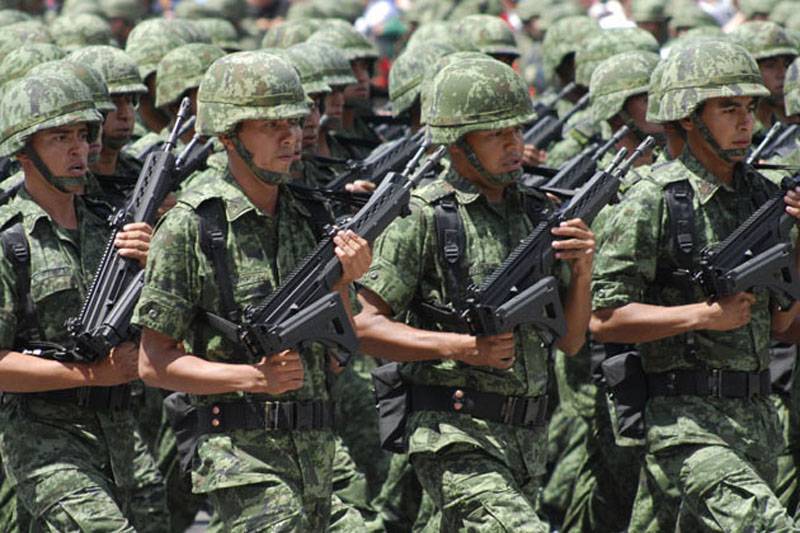
Mexico has been developing and producing its own weapons systems since the beginning of the 20th century, going through the stages of building its own aviationarmored vehicles and ships, although its defense industry has weakened over time and today is not as strong as before.
Over the past decade, a certain revival began under the leadership of the Secretariat of National Defense Secretariat of National Defense (SEDENA) and the General Directorate of the Military Industry (DGIM).
In the field of small weapons DGIM has gone from licensed production of foreign weapons to developing and manufacturing their own models. The 5,56-mm FX-05 Xihucoatl assault rifle was developed in 2005 to replace the 7,62-mm Heckler & Koch G3 rifles that are in service with most units of the Mexican army. In appearance, the FX-05 rifle is similar to the H&K G36 (which led to an investigation by H&K of possible patent infringement), but in reality it is an original project.
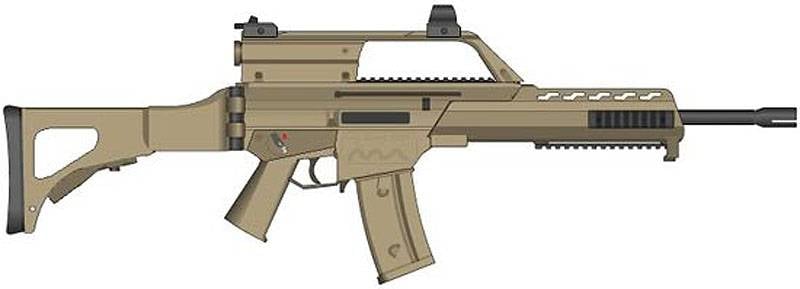
5,56-mm assault rifle FX-05 Xihucoatl
The original 100 budget of millions of Mexican pesos (9 million dollars) in 2006 year included the development, testing and production of 30000 new rifles. To date, 60000 units have already been manufactured, and plans include the production of 2018 rifles for the 120000 year. However, the budget constraints associated with the fall in oil prices mean that these plans are unlikely to come true.
The main improvements of the FX-05 compared to the G3 rifle are related to the extensive use of polymeric materials that made the weapon easier, the modular butt-free butt and the magazine are integrated, so the owner can always see how many cartridges are left. The rifle is equipped with Picatinny guides for mounting devices and accessories, including a collimator sight, a front grip and a tactical flashlight.
Although the rifle is an achievement of the Mexican defense industry, it is clear that there are problems with reliability, basically it is the short life of the barrel, which according to some data does not exceed several hundred shots. This is most likely due to the use of low-grade steel in production. DGIM is also developing a rifle for the FX-05 rifle-mounted 40-mm grenade launcher to replace existing M203 grenade launchers used with G3 rifles.
Armored platforms
The SEDENA Secretariat issued a DGIM task to develop a light protected machine that assigned the designation DN-XI. In 2012, it was announced that the goal was to manufacture 1000 of such machines.
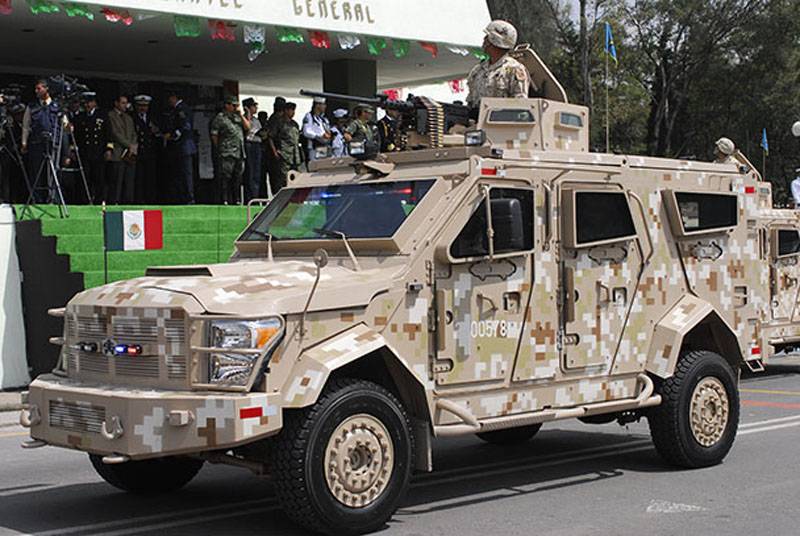
The Mexican military is currently making a light patrol DN-XI armored car, which is based on the Ford Super Duty F-550 chassis. The basis of the new machine is the experience gained in the operation of the armored car Oshkosh SandCat
The DN-XI armored cab mounted on the Ford F-550 Super Duty chassis can withstand 7,62-mm bullets. It has a turret for a light / heavy machine gun or an automatic grenade launcher; in armored car can accommodate a group of eight infantrymen.
A new specialized assembly line in Mexico City costing 6,3 million dollars with a planned production volume of up to 200 machines was organized by the DGIM Office. However, the budget problems allowed to make today only 100 machines. DN-XI is much cheaper than special patrol armored vehicles, but does not have the same level of protection, it is too heavy and does not have sufficient off-road maneuverability. For installation on the armored car DN-XI, the Directorate of SEDENA developed the remotely controlled SARAF-BALAM 1 combat module.
DGIM also developed the Kitam armored car, shown in the 2014 year, which is based on the Dodge chassis, and the Cimarron shown in the 2015 year based on the Mercedes Unimog U5000 chassis with an armored cab. It is not clear whether the mass production of these machines will begin.
Shipbuilding ambitions
Since the 90s, the Mexican shipyard fleet ASTIMAR is building ships for the Mexican Navy Secretariat; in 2013, it announced its ambitious plans to build 62 new ships. This project includes the construction of four new coastal patrol ships - an upgraded version of the Oaxas class, 20 Tenochtitlan class near-range ships based on the Damen Stan Patrol 4207 series and 16 Polaris II fast boats, a locally-made Dockstavarvet IC16M variant.
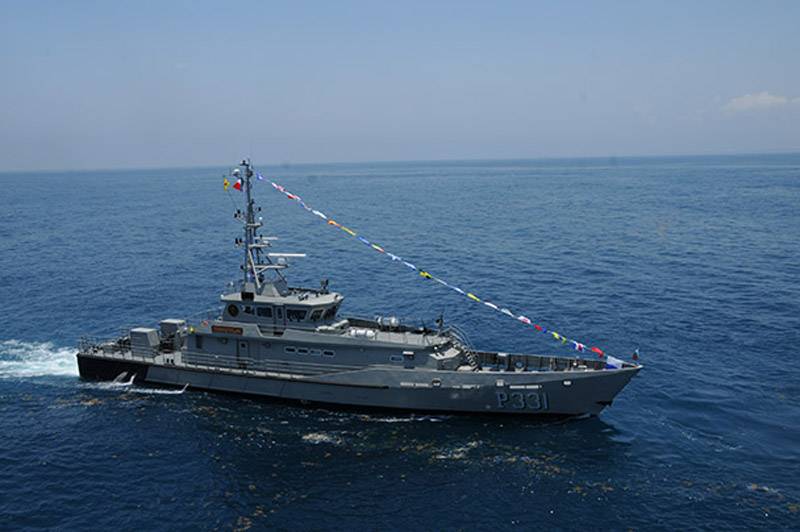
The Mexican navy shipyard is currently building a Tenochtitlan-class low patrol ship, a variant of the DAMEN Stan Patrol 4207 ship
Again, problems with the budget made the program significantly reduced, but ASTIMAR managed to complete the construction of five Tenochtitlan class ships and two Polaris II ships, while two coastal guard patrol ships were in the final stages of construction. The new Oahasa class patrol ships are distinguished by several modifications and improvements over the first four ships of this class, including the Bulb nose, the new fire control system, and the BAE Systems Bofors MCB artillery, instead of the Oto Melara Super Rapid 57, mounted on previous ships of this class.
The Mexican fleet is also engaged in installing a remote-controlled SONTA local development combat module with an 12,7-mm machine gun on Polaris I speedboats (Dockstavarvet CB9QH).
Private initiative
Over the past ten years, the drone industry in Mexico has received a significant boost. While several companies are currently developing and engaged in one-off manufacturing drones for observation, only Hydra Technologies has successfully entered the mass production and sale of several of its systems.
The first customer to Hydra was the Mexican police, which received S2008 Ehecatl, E4 Gavilan and G1 Guerrero drones from 1. If the fleet command initially showed interest in the S4 drone, whose operating costs were significantly less than the operating costs of foreign competing systems, it was ultimately decided to develop its own family of UAVs and to turn to American Arcturus for this.

Pictured in the colors of the Mexican National Police G1 Guerrero UAV from Hydra Technologies. It is one of several Mexican drones designed and manufactured currently in service with the Mexican Air Force and carrying out surveillance and reconnaissance missions.
The Mexican Air Force exploits the unbreakable number of S4 systems, as well as their larger version of the S45 Balaam, which has a flight time of 12 hours compared to the 8 hours of the S4 drone and carries a larger payload. Although Hydra was trying to develop its own on-board equipment, its UAVs are mainly sold with optical stations of the TASE series of general intelligence by Cloud Cap Technologies.
S4 Ehecatl drone
Hack and predictor Aviator
Mexico still has a long way to go if it intends to become a regional defense player. However, its capabilities were not only restored in the last ten years, but also greatly expanded.
If we talk about remote opportunities, then the export of defense products of the development and production of Mexico inexorably becomes a reality. ASTIMAR shipyard is promoting its projects to other Latin American countries, and Hydra Technologies is slowly trying to attract the interest of foreign countries to its drones.
However, the lack of a clearly defined state policy regarding the promotion of domestic defense products on the international market is a deterrent, and Mexico may need to look at some South American countries that produce defense products, such as Colombia, which has turned its local industry into a successful exporter.
Materials used:
www.shephardmedia.com
www.gob.mx
www.sedena.gob.mx
www.hydra-technologies.com
www.wikipedia.org
en.wikipedia.org
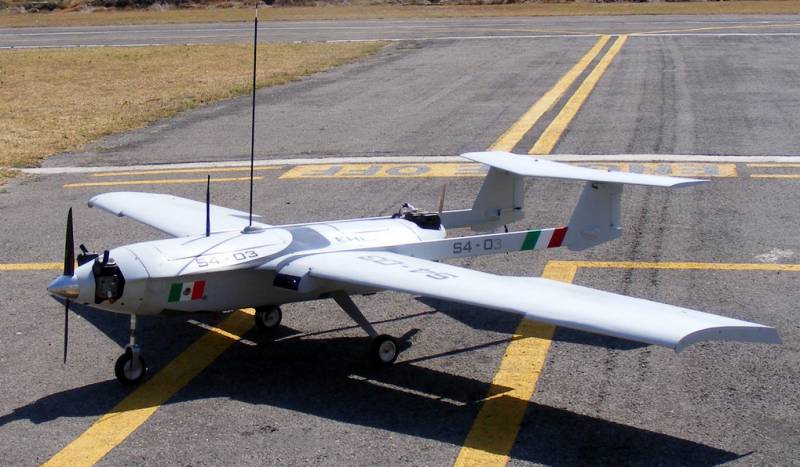
Information